Chiropractic
What is Chiropractic
The word ‘Chiropractic’ comes
from the Greek ‘kheir’ (hand) and ‘praktikos’ (to do). Chiropractors specialize in diagnosing and treating neuro- musculoskeletal disorders, using hands-on techniques. As a holistic practice, chiropractic care considers the entire state of a person’s health rather than just localized symptoms. It promotes wellness and disease prevention
through natural, non-invasive therapies.

History

The History of Chiropractic
Historical records show that spinal manipulation has been
used to relieve low back pain since ancient times. Chinese literature from as early as 2700 B.C. documents the use of soft tissue manipulation, including techniques targeting muscles, ligaments, and tendons.

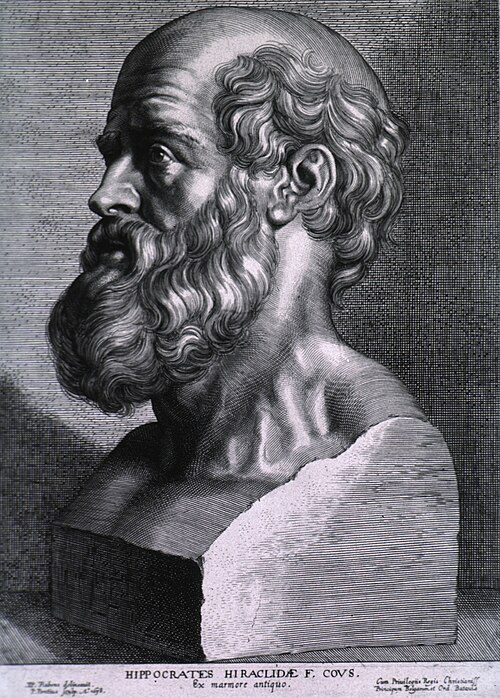
Hippocrates of Kos
Hippocrates (circa 460–377 B.C.), known as the ‘Father of Modern Medicine,’ wrote extensively on the healing arts, including manipulative therapy. He emphasized the connection between the spine and overall health,
advising his students: ‘Get knowledge of the spine, for
this is requisite for many diseases.

D.D. Palmer and the Birth of Chiropractic
The chiropractic profession traces its origins to
September 18, 1895, in Davenport, Iowa—the same year
Roentgen discovered the X-ray. On this historic day, D.D.
Palmer, a bone setter and magnetic healer, performed
the first chiropractic adjustment on Harvey Lillard, a deaf
janitor.


Harvey Lillard
Legend has it that Harvey Lillard was working at the Ryan Building in Davenport, where D.D. Palmer treated patients. Lillard explained that in 1878, he heard a ‘pop’ in his back while bending over and
experienced significant hearing loss afterward. Upon
examining him, Palmer felt a protrusion along Lillard’s
upper thoracic spine. Believing that a misaligned vertebra
was putting pressure on the spinal nerve responsible for
his hearing, Palmer performed an adjustment to restore
its normal position. Remarkably, Lillard’s hearing was restored. The name chosen for this new profession was
derived from the Greek words ‘kheir’ (hand) and ‘praktikos’ (meaning ‘done by hand’). In 1897, D.D. Palmer added a school to his magnetic healing infirmary, where he began teaching his methods. This would become the Palmer School of Chiropractic.
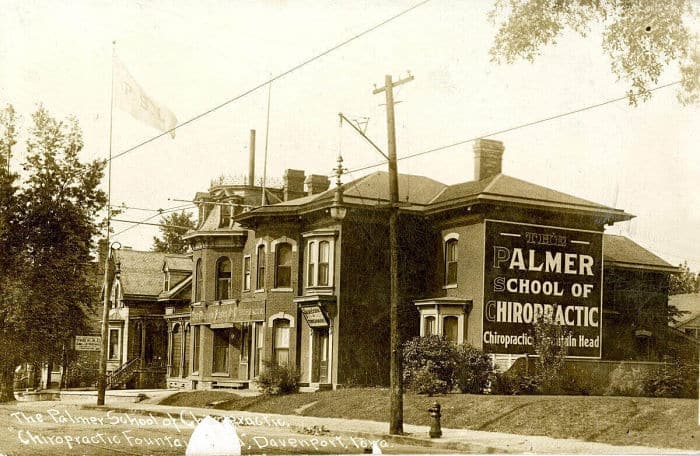
Early challenges and legal recognition
Although five of the first 15 graduates of the Palmer School of Chiropractic were medical doctors, this new drugless form of medicine encountered strong opposition from the medical profession from the outset. In 1906, D.D. Palmer was convicted of practicing medicine without
a license, and many other chiropractors were prosecuted
and jailed. In 1907, a landmark case occurred when Shegato Morikubo, a graduate of Palmer’s school, was charged with practicing medicine without a license but was found innocent. The judge ruled that Morikubo was not practicing medicine—he was practicing chiropractic. This marked the first legal recognition of chiropractic as a science in its own right.

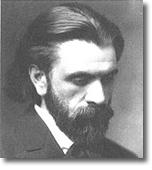
B.J. Palmer
In spite of opposition, chiropractic continued to advance, with Palmer’s legacy carried forward by his son, B.J. Palmer. Over the next six decades, B.J. Palmer spearheaded extensive research into new methods of
spinal adjustment and analysis, introducing the use of X-rays to chiropractic for more accurate diagnoses. He remained committed to raising the standards of
chiropractic education throughout his lifetime.
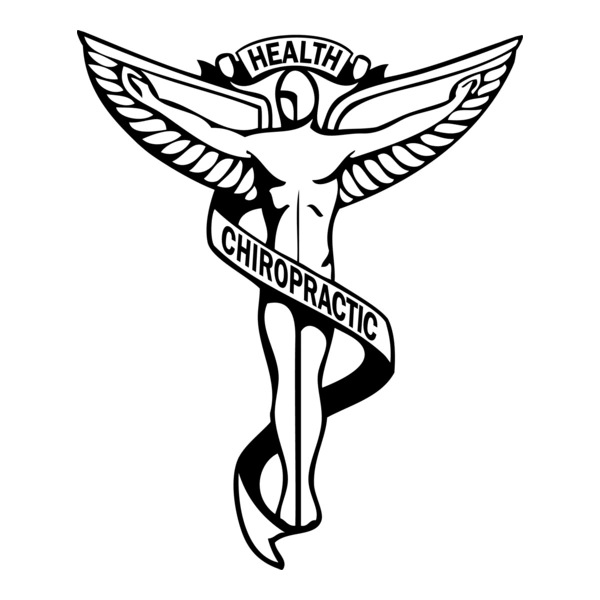
Chiropractic Today
Chiropractic is approved under federal law in all 50 U.S.
states, and is licensed or officially recognized in an
increasing number of foreign countries. Chiropractic is
included under Medicare and Medicaid laws, and most health insurance plans cover chiropractic. Most of the
estimated 70,000 chiropractors in the U.S. practice in
individual private practices, although an increasing number are integrating into group practices, multidisciplinary clinics, managed-care groups, and hospitals.

Holistic Medicine
What is Holistic Medicine?
Holistic medicine works on a simple truth: everything’s
connected. In nature, the Earth functions as a unified
whole: air, land, water, plants, and animals exist in
continuous relationship. A change in one reverberates
through the others.
In the same way, a human being is more than the sum of their parts. We are physical, emotional, mental, and spiritual beings, each aspect woven into the next. When one element falls out of harmony, the entire system is affected.
Content
- What are the origins of holistic medicine, and how has it evolved?
- What are the cardinal principles of holistic medicine?
- How is holistic health care different from conventional medicine?
- Why, with today’s advanced technology, does conventional medicine often struggle to resolve widespread chronic conditions like headaches, back pain, and fatigue?
- Who practices holistic medicine? Are they real doctors?
- How do chiropractors apply the principles of holistic medicine?
- What is the typical Chiropractic approach to treating patients?
What are the origins of holistic medicine, and how has it evolved?
Holistic medicine dates back over 5,000 years to the healing traditions of India and China, where health was seen as living in harmony with nature. The essence of this approach was later echoed by Aristotle in Metaphysics,
when he wrote, “The whole is more than the sum of its parts.”
Over centuries, this philosophy resurfaced in different cultures—from Hippocrates’ emphasis on treating the whole person to indigenous healing rituals that integrated body, mind, and spirit.

In the modern era, interest in holistic approaches reemerged, especially during the 1960s and 70s. Disciplines like chiropractic, acupuncture, and
naturopathy—which had existed for decades—gained new attention as part of a broader search for more personal and holistic way to stay healthy.
What are the cardinal principles of holistic medicine?
- Focus on understanding and addressing the root cause of illness, not just relieving symptoms
- Empower patients to take an active role in their care and decision-making
- Strive toward early detection and treatment of conditions while they are still functional and reversible
- Assess body systems not just individual parts
- Recognize the vital role of the nervous system in regulating and supporting overall health
- Consider how structural, chemical, and emotional factors influence the body and mind
- Emphasize preventing illness instead of managing disease
- Acknowledge the connection between lifestyle, environment, and health
- Honor the unity of mind, body, and spirit in the healing process
- Value the unique needs of the person who has an illness, rather than the illness that has the person.
- Encourage healthy lifestyle choices as the foundation for vitality
- Practitioners guide by example through their own healthy choices
- View the body as an interconnected system rather than separate parts
- Activate the body’s natural ability to heal and restore balance
- Promotion of proactive health over reactive treatment
- Achievement of lasting results vs. temporary fixes.
How is holistic health care different from conventional medicine?
Conventional medicine often focuses on addressing symptoms directly, such as taking painkillers for a headache. While this approach can provide immediate relief, it doesn’t always explore the underlying causes of the issue. It’s akin to turning off the oil light in your car— while the signal is gone, the underlying issue may remain.
In contrast, holistic health care seeks to understand the deeper causes of symptoms and treats the whole person—body, mind, and spirit. Holistic practitioners work in partnership with patients, not only alleviating symptoms
but also guiding them toward long-term wellness by addressing the root causes.
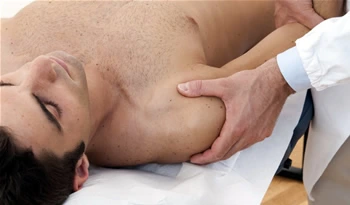
Why, with today’s advanced technology, does conventional medicine often struggle to resolve widespread chronic conditions like headaches, back pain, and fatigue?

While specialized medicine has
its strengths, it often focuses too narrowly on individual parts and organs. This approach excels in crisis care but may fall short in addressing widespread chronic conditions and functional disturbances.
Additionally, while certain medications may show improvements in blood tests, this doesn’t necessarily mean a person is healthier. If the underlying causes of the imbalance were never addressed, leading to new health
issues arising from the medication or surgery.
Who practices holistic medicine? Are they real doctors?
Many holistic practitioners have a foundation in conventional medicine, but take a more comprehensive approach to healing. This includes chiropractors,
acupuncturists, and homeopaths, as well as doctors like dentists, gynecologists, and even veterinarians. These professionals blend traditional knowledge with holistic practices to offer a well-rounded approach to health.
How do chiropractors apply the principles of holistic medicine?
Chiropractors play a role that is distinct from conventional
medical doctors, but there are similarities as well. While
we specialize in neuro-musculoskeletal disorders, treating conditions like herniated discs, back pain, and sciatica,
patients often come to us with more general concerns,
seeking an alternative to drugs or surgery.
For example, while a cardiologist specializes in heart conditions, it’s rare for someone to visit them for headaches or dizziness. However, in chiropractic care,
this is quite common. As holistic practitioners, we view the body as an interconnected system, allowing us to address a wide range of issues, not just those typically associated with the spine.
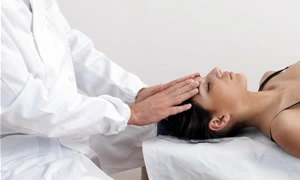
What is the typical Chiropractic approach to treating patients?
Chiropractors adhere to standard medical protocols while embracing a holistic approach to care. For example, when treating a knee issue, a chiropractor evaluates the person as a whole, not just the knee.
This may involve performing orthopedic and neurological tests or ordering X-rays and MRIs for the knee, but also considering other factors like exercise habits, past injuries, or the connection with parallel health issues. Using a comprehensive approach, real and lasting results
are often achieved by addressing the patient’s total state
of health.
Chiropractic FAQ
What is Chiropractic?
Chiropractic is a science based on the theory that
disturbances to the nervous system can lead to disease
and dysfunction. It seeks to restore and maintain well-
being by identifying these harmful influences and
removing them through conservative, all-natural
therapies.
Is Chiropractic holistic medicine?
Yes. Chiropractors evaluate the whole person, not just their local area of symptoms (see Holistic Medicine). Patient care is based on addressing the underlying causes of pain and dysfunction, rather than default to surgery or suppressing symptoms with medication.
What do Chiropractors do?
The word Chiropractic
comes from the Greek kheir (hand) and praktikos (to do).
Doctors of Chiropractic specialize in diagnosing disorders of the neuromusculoskeletal system, with treatment performed primarily by hand. There are many different chiropractic techniques, so each practitioner’s approach
may vary. What unites all Doctors of Chiropractic is a
commitment to non-pharmacological, non-surgical care, using their hands as the primary tool for treatment.
Which techniques does Dr. Morrison use?
Dr. Morrison tailors his approach to the individual, drawing from a range of techniques based on each
patient’s needs. As a board-certified Diplomate in Applied
Kinesiology (D.I.B.A.K.) and Clinical Nutrition, Dr. Morrison
integrates Applied Kinesiology with traditional chiropractic methods and practices functional medicine to address the underlying causes of health imbalances.
What type of education is required to become a Doctor of Chiropractic?
Standards vary from state to state and from country to country, but in the U.S., the degree of Doctor of Chiropractic (D.C.) is a 4-year program of approximately 4200-5000 academic hours. Depending on the state, prerequisites are 3 to 4 years of undergraduate studies
that comprise the pre-med program. After earning a D.C. degree, candidates must pass both national and state board exams to obtain a license to practice.
Why do people go to Chiropractors?
People visit chiropractors not only to relieve pain or resolve long-standing issues but also to maintain overall health. As the saying goes, “It’s easier to stay well than to get well.” Many injuries and conditions can be prevented when caught early. Prevention is one of the main reasons people choose regular chiropractic care. We invite you to click on Conditions Treated to learn about some of the most common problems chiropractors address.
What is a typical visit to Dr. Morrison like?
On your first visit, Dr. Morrison will discuss your current health concerns, which guides the physical exam. This can include postural analysis, motion tests, standard orthopedic assessments, and a neurological evaluation.
Gentle muscle testing, a key element of Applied Kinesiology, is usually used throughout the exam to assess your health.
Will I be asked to remove my clothes?
No.
Is therapy performed on the first visit?
Yes. This may consist of vertebral and extremity adjusting, Chinese
meridian therapies, myofascial techniques, various neuro-
reflex procedures, occasionally cranial techniques, deep tissue massage and various neuro-reflex procedures.
What is a chiropractic adjustment?
When vertebrae and other bones are misaligned, they are referred to as subluxations. When two or more vertebrae become locked together, it’s called a fixation.
Subluxations and fixations can cause pain, restrict movement, and interfere with the nervous system. Over time, this can lead to joint degeneration, herniated discs,
muscle weakness, and organ dysfunction. Chiropractors use their hands to adjust or unlock these fixations, restoring normal joint function and removing nervous system interference. This process helps relieve muscle
tension, reduce pain, and decrease inflammation.
Can Chiropractic help me?
Chiropractic care can benefit
virtually everyone due to its versatility in addressing a wide range of health issues. While surgery or medication may sometimes be necessary, many cases can and should be treated conservatively, avoiding these options.
Chiropractic is a powerful yet conservative approach. Unlike mainstream medicine, which often focuses on treating diseases, Chiropractors focus on treating people as individuals. In some cases, the goal is to provide pain
relief for those seeking to avoid drugs or surgery. In other instances, there may be no pain at all, and the goal is to
enhance or maintain overall health.
How do I maintain the benefits of therapy?
Dr. Morrison focuses on addressing the roots of problems to prevent them from recurring. While many issues are resolved permanently, some may depend on how well
you maintain your health moving forward. Dr. Morrison supports this process by offering guidance on ergonomics, exercise, and diet. When necessary, maintenance care programs may also be recommended
to help sustain the benefits of therapy.
